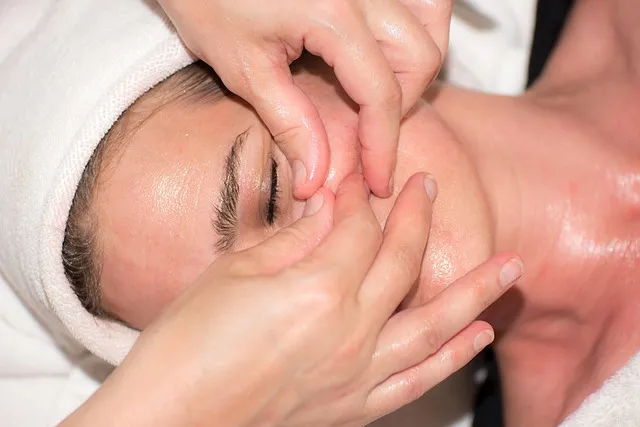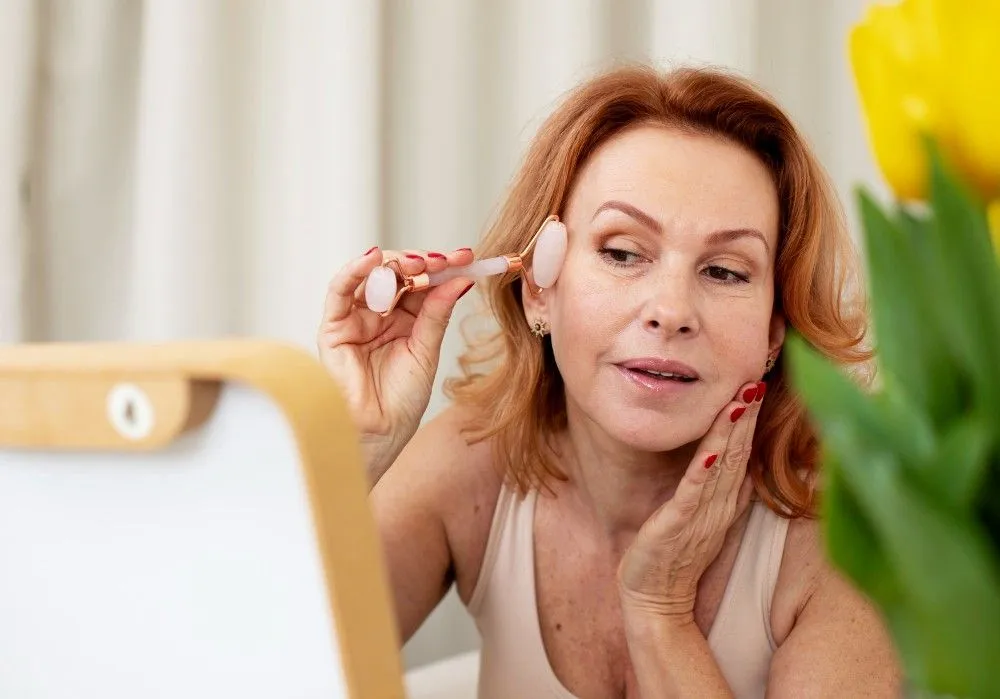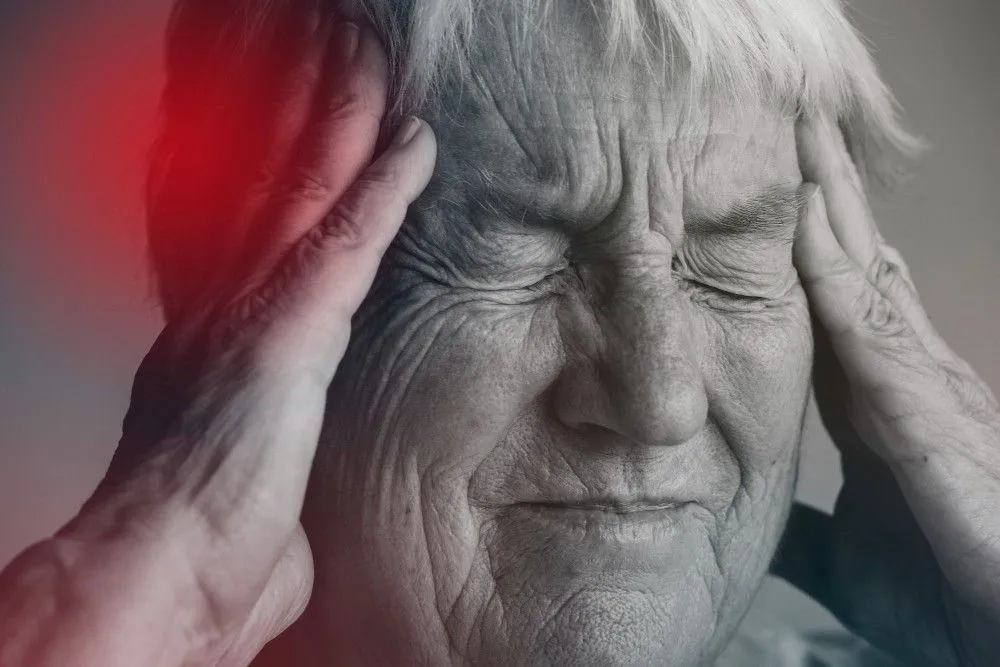What is Cosmetic Surgery?
Certain skin issues like wrinkles, cysts, moles and birthmarks are quite common, though they can make a person self-conscious and uncomfortable if these occur on the face or other exposed skin areas. Cosmetic surgery and other procedures allow these markings to be removed or faded, leaving minimal scars.
When does one Want Cosmetic Surgery?
Before delving into the specific procedures, let's take a look at what these skin marks are:
1. Birthmarks: These are coloured marks on the skin that are present at birth or develop soon afterwards. Two main types of birthmarks are
- Vascular Birthmarks (red, pink or purple; caused by abnormal blood vessels in or under the skin, generally in the head or neck area) and
- Pigmented Birthmarks (mostly brown; caused by clusters of pigmented cells, and can occur anywhere on the body).
2. Moles (Nevi): These are clusters of pigmented cells that appear as small, dark brown spots anywhere on the body. Most moles are harmless, but some can become cancerous. Some moles may arise as new growth on the skin.
3. Wrinkles: Wrinkles are folds and lines on the face that develop as facial muscles slacken with age and the skin begins to lose its elasticity. These become more prominent when a person moves facial muscles and can be seen in the form of frown lines, squint lines at the corner of the eyes (crow's feet) or forehead lines. Wrinkles may also be caused by excess exposure to the sun and drying of skin due to smoking.
Cosmetic surgery helps to improve a person's appearance and/or self-esteem by changing certain physical characteristics of the face or another part of the body. Cosmetic removal of moles is considered as an option when:
- It draws unwanted attention.
- It irritates the skin due to friction with clothing or the razor while shaving.
- A mole is being assessed for skin cancer and has either changed in size, shape or colour, and/or it itches, bleeds or both.
The reason why birthmarks occur is not clearly understood, but they are usually inherited. It is believed that some birthmarks are created due to improper functioning of nerves that control the widening and narrowing of capillaries. As blood gets continuously supplied to that area, it becomes permanently red or purple. Such cases along with others wherein a birthmark blocks airways, affects vision or becomes ulcerated, may require treatment for medical reasons. Some people, however, also seek treatment for cosmetic reasons.
Wrinkle cosmetic treatments can reduce the appearance of wrinkles and give the skin a smoother and more youthful look.
Also Read: How to Maintain Clear and Healthy Skin
Which Specialist should be Consulted in Case of Signs and Symptoms?
For moles, birthmarks or wrinkles that may be a cause of concern to a person, a dermatologist (A doctor who specialises in skin disorders) must be consulted.
Also Read: 15 Best Cosmetic Surgeons in Miami
What are the Screening Tests and Investigations Before the Surgery?
A doctor identifies the mole/birthmark/wrinkle by visual inspection of the skin area. Skin examination can also form part of regular preventive medical care against these skin marks. In the case of a mole, a doctor may conduct a biopsy and take out a sample of tissue for microscopic examination if s/he suspects the mole to be cancerous. Based on these findings, a treatment plan is outlined.
What is the Procedure for Cosmetic Surgery?
A. Mole Removal
Most moles are removed through a simple cosmetic surgery that leaves a natural look on the skin. Local anaesthesia is used to eliminate pain as far as possible. A deep elliptical excision is made to remove the mole, followed by stitches that could be soluble or non-dissolvable. The removed mole may be sent for further investigation to rule out any cancerous properties. If found to be cancerous, a margin of normal tissue surrounding the mole is also removed along with the mole. Mole plastic surgery is used to treat moles.
B. Birthmark Removal
- Surgical Excision - This is performed under local anaesthesia by a certified plastic surgeon, either in one sitting or two or more sessions, depending on the size of the lesion.
- Laser Treatment - Laser treatment lightens the affected region of skin through a laser beam that is passed through a fibre optic cable. The end of the cable holds a pen-like device that is gently held against the skin, sending a laser beam to the affected area. The light is absorbed by the blood vessel of the affected area, causing it to heat up and damage the blood vessel. The skin area is then cooled with a jet of cold air. A mild bruise may form, which fades within a week or two. You can consult a doctor about having plastic surgery for birthmarks.
C. Wrinkle Treatment
Common wrinkle treatments include:
- Skin Creams and Gels - These creams tighten the skin to hide fine lines.
- Chemical Peels - These contain lactic acid or glycolic acid that remove the damaged outer layers of skin, and help reduce fine wrinkles.
- Laser Facial Resurfacing - A laser beam removes the outer layers of skin on the face and stimulates growth of new collagen fibres. The new skin that forms is softer and less wrinkled.
- Botulinum Toxin Injections - These reduce facial expression lines and wrinkles that form on the forehead, corner of eyes and cheeks.
- Dermal Filler Injections - Dermal fillers are used around the chin and lips to make the skin around these areas appear fuller. A tissue-friendly gel that resembles a natural body acid is used in the non-permanent filler, which is then injected with a tiny needle.
- Cosmetic Surgery - A facelift surgery lifts sagging facial skin, tissues and/or underlying muscle to help reduce deep wrinkles and make the skin appear firmer. The surgery may be carried out on the full face (full facelift), on the brow area (brow lift) or the lower face or neck.
What are the Known Complications of the Surgery?
All surgeries, including cosmetic procedures, carry an element of risk. Those with diabetes, cardiovascular disease, and obesity or lung disease are at higher risk of contracting complications. Smoking also increases the risks and interferes with healing.
Complications may Include:
- Pneumonia, blood clots
- Infection at the site of operation
- Fluid builds up under the skin
- Bleeding
- Scarring or skin breakdown
- Numbness or tingling due to nerve damage
What Precautions or Steps are Necessary to Stay Healthy and Happy before and after Cosmetic Surgery?
After removal, moles are usually analysed in a laboratory to detect abnormal cancerous cells. Also, even after a facelift surgery to reduce wrinkles, the face will continue to age. Quitting smoking and reducing the exposure time in the sun can help maintain the effects of the surgery for longer periods.
How can the Disorder be Prevented from Happening or Recurring?
While it may not be possible to prevent a birthmark, certain measures can help protect skin against early wrinkle formation and skin changes that may detect melanoma:
- Avoid the Sun at Peak Times, between 10 am to 4 pm when the ultraviolet rays are the strongest.
- Using Sunscreen, with a sun protection factor (SPF) of at least 15 and applying it 30 minutes before stepping out in the sun.
- Protection against Direct UV Rays, by wearing hats, long sleeves and other protective clothing.

Reviewed by







